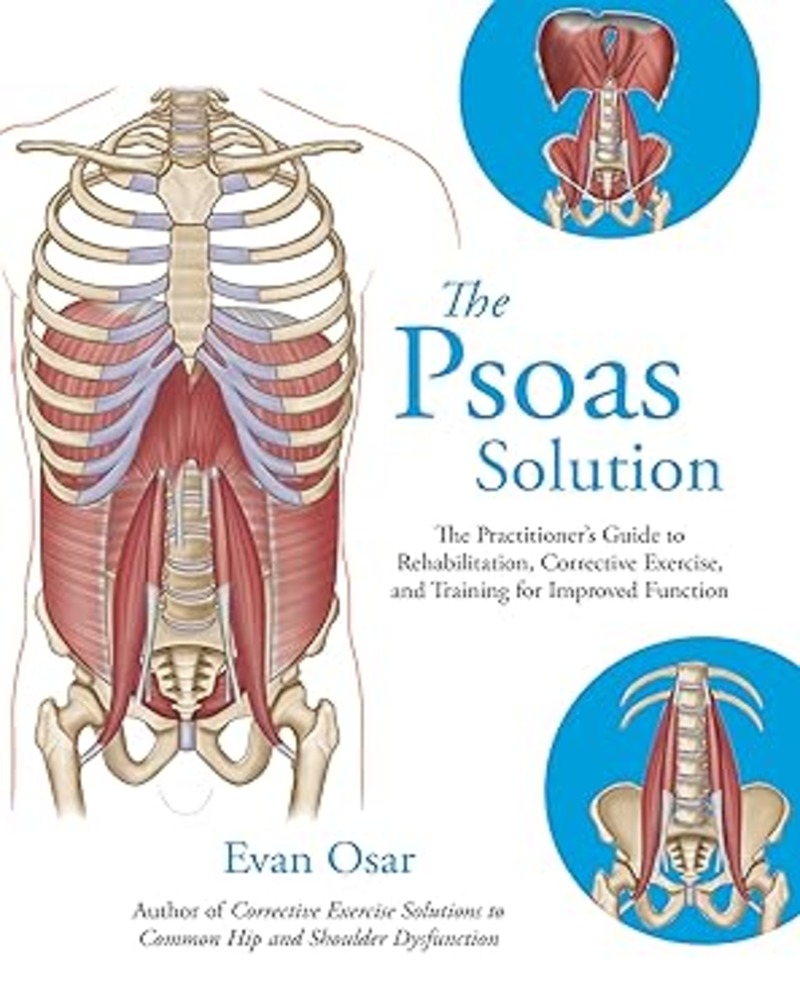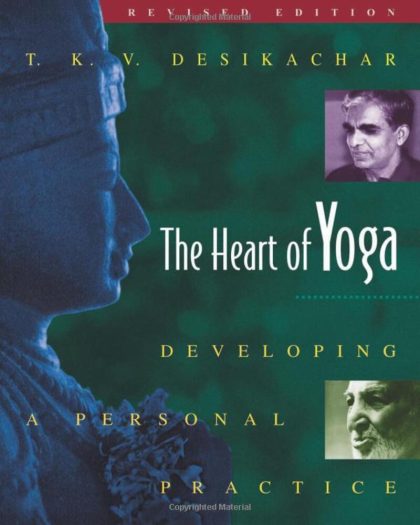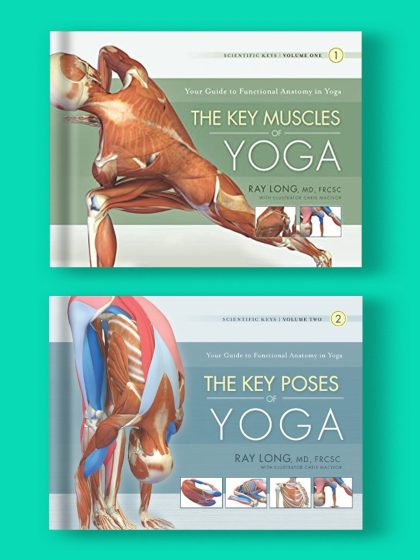The first book to comprehensively discuss the function of the psoas in posture, movement, and exercise, The Psoas Solution identifies the functional anatomy, biomechanics, and motor control of the psoas and its role in core and hip stabilization. Integrating research with clinical experience, Evan Osar identifies the psoas’s role on the hip, pelvis, and low back and demonstrates how to incorporate the psoas into functional movement patterns including squatting, lunging, and bending. The Psoas Solution includes corrective and functional exercise progressions for improving and integrating the psoas into daily activities. Health and fitness professionals will find this a valuable resource full of applicable strategies and exercises to incorporate into current rehabilitation or training programs. Abundantly illustrated with full-color images throughout, this book also provides most complete review on the relevant research on the psoas available.
For years the psoas has been a muscle mired in controversy. It has been linked to common postural and movement dysfunction including anterior pelvic tilt, hyperlordosis of the lumbar spine, and low back pain. Strategies to improve posture and reduce pain have primarily involved stretching the psoas and strengthening its antagonist, the glutes. However, recent clinical research has revealed that the psoas is much more than a simple hip flexor and plays an integral role in both posture and movement. This professional treatment manual for health care practitioners and students gives an overview of the ways that non-optimal use of the psoas can affect breathing, posture, and movement. It outlines specific treatment strategies that enable patients to develop awareness and utilization of the psoas muscle to achieve three-dimensional breathing and improve balance and body mechanics.






More importantly though, I think this book is an excellent followup to his previous one "Corrective Exercises for Common Hip and Shoulder Dysfunction". I'm an undergrad student studying physical therapy right now, but I also have had chronic hip and back injuries to deal with. Reading the previously mentioned book has really helped change my perspective on how to approach fixing my own personal injuries after countless failed visits to different PT's and chiropractors. It's been the foundation for most of my PT-related knowledge at this point. After reading this book, however, it has explained the key concepts with greater detail, especially with more updated resources and knowledge. I believe this is a must-have book for any fitness professional or anyone that enjoys a fit lifestyle who also has solid background knowledge of kinesiology.
Examines the functional role of the Psoas & how it influences & works with other muscles to provide therapist with new & different trains of thought to tackling dysfunction.
Stuff I liked about the book:
* Osar has made it much easier to tell how to do the exercises because he explain not only how to do them but what happens if a patients pattern deviates from the norm.
* His past two books have included photographs. In this book, Osar has upgraded and now includes diagrams overlayed on top of the pictures, making it much easier to tell how he sees the geometry of the body changing during a motion. This helps the reader absorb his clinical experience and gain a deeper insight as to how he views the geometry of the positions.
* Osar's writing style is clearer, more explanatory, more rigorous. He explains concepts with more comprehensiveness.
* Prestine glossary. The glossary defines every major term Osar uses and allows the reader to familiarize themselves with some of his more creative ideas.
* Osar brings his concept of integrated movement to understanding the psoas, which I believe represents a critical step towards understanding the muscle. He challenges stagnant theoretical views focusing only on single muscles and in laboratories and instead considers the whole body and clinical contexts.
* Finally, while his first book has binding issues, this book and his previous one have no such issue.
So purchase away, you will not regret it.
Love it. Would recommend it to anyone, although more for physios. Will use it inmy class tomorrow!